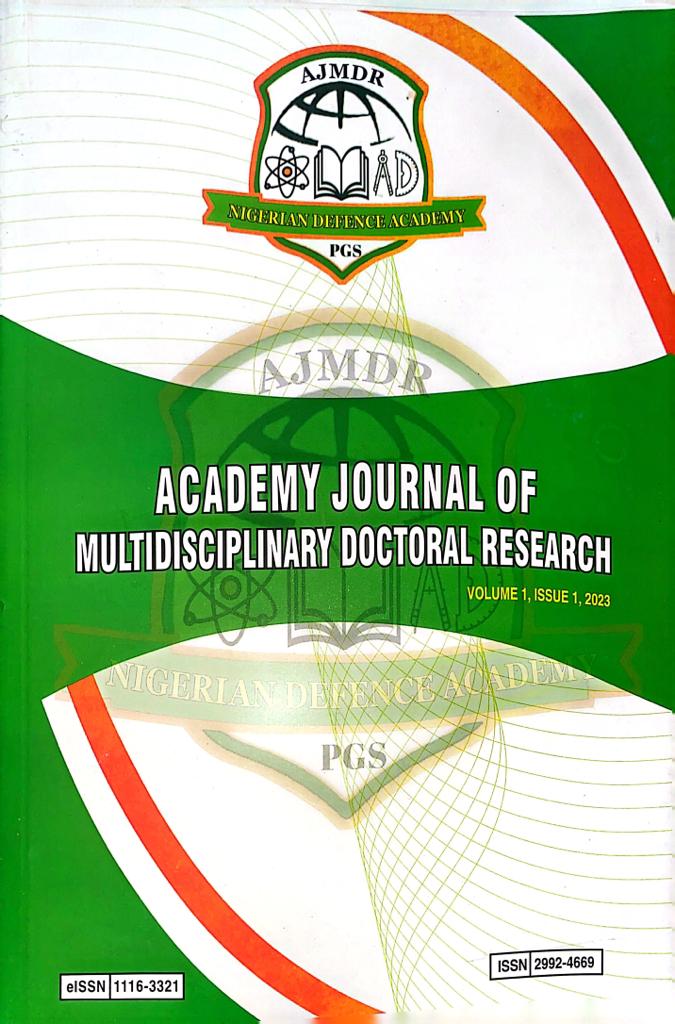Evaluation of the Biological Activity of Stem Bark of Tribulus tresstris (zygophyllaceae)
Keywords:
Tribulus tresstris, Phytocompounds, Cytotoxicity, Antimicrobial, AntioxidantAbstract
Tribulus tresstris is a widely grown annual plant used traditionally for treating infertility, low sex drive, and erectile dysfunction. The present study aimed at determining the cytotoxic effect, antimicrobial and antioxidant activity of the crude extracts of the stem bark of Tribulus tresstris. Phytochemical screening was carried out using standard protocol. Cytotoxicity and antimicrobial activity were investigated using Brine shrimp Lethality test (BSLT) and Agar diffusion method respectively. Antioxidant activity was evaluated using the 2,2-diphenyl-l-picry hydrazyl radical (DPPH) free-radical scavenging activity, and hydrogen peroxide (H2O2) assays. Phytochemical analysis revealed the presence of alkaloids, anthraquinones, combined anthraquinone, glycosides, cyanogenic glycosides, reducing sugars, saponins, tannins, phloba tannins, cardiac glycosides, steroids, triterpenes and flavonoids. The result of the cytotoxicity test gave LC50 values of 20.67, 25.07, and 128.56 μg/ml for the n-butanol, ethyl acetate and n-hexane extracts. Also, the antimicrobial activity results indicated that the extracts exhibited high level of activity against all selected microbes with the highest zone of inhibition (33mm) against staphylococcus aureus. However, the antioxidant activity of the extracts showed that the crude extracts exhibited strong radical scavenging activity against all tested free radical when compared with the standards butyrate hydroxyl anisole (BHA), ascorbic acid and alpha-tocopherol. The findings from this study provide scientific evidence that the plant possesses bioactive compounds with good antimicrobial and antioxidant agents.
Downloads
Published
Issue
Section
License

This work is licensed under a Creative Commons Attribution 4.0 International License.
This is an open-access journal which means that all content is freely available without charge to the user or his/her institution. Users are allowed to read, download, copy, distribute, print, search, or link to the full texts of the articles, or use them for any other lawful purpose, without asking prior permission from the publisher or the author.
The Authors own the copyright of the articles.





